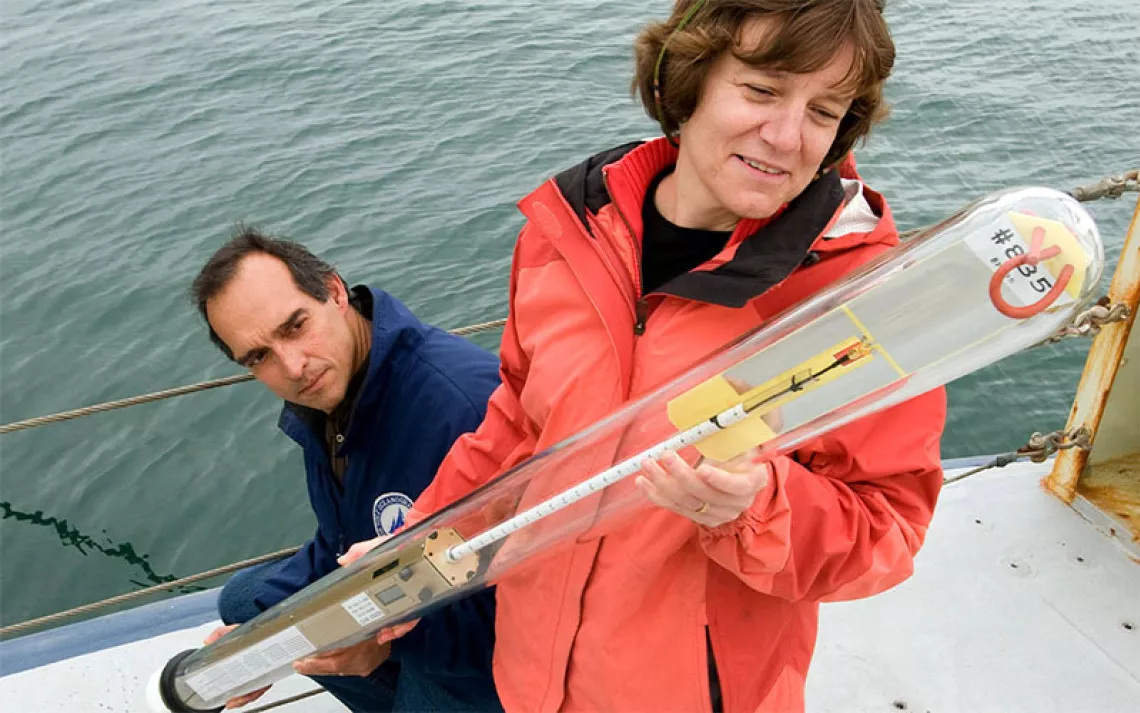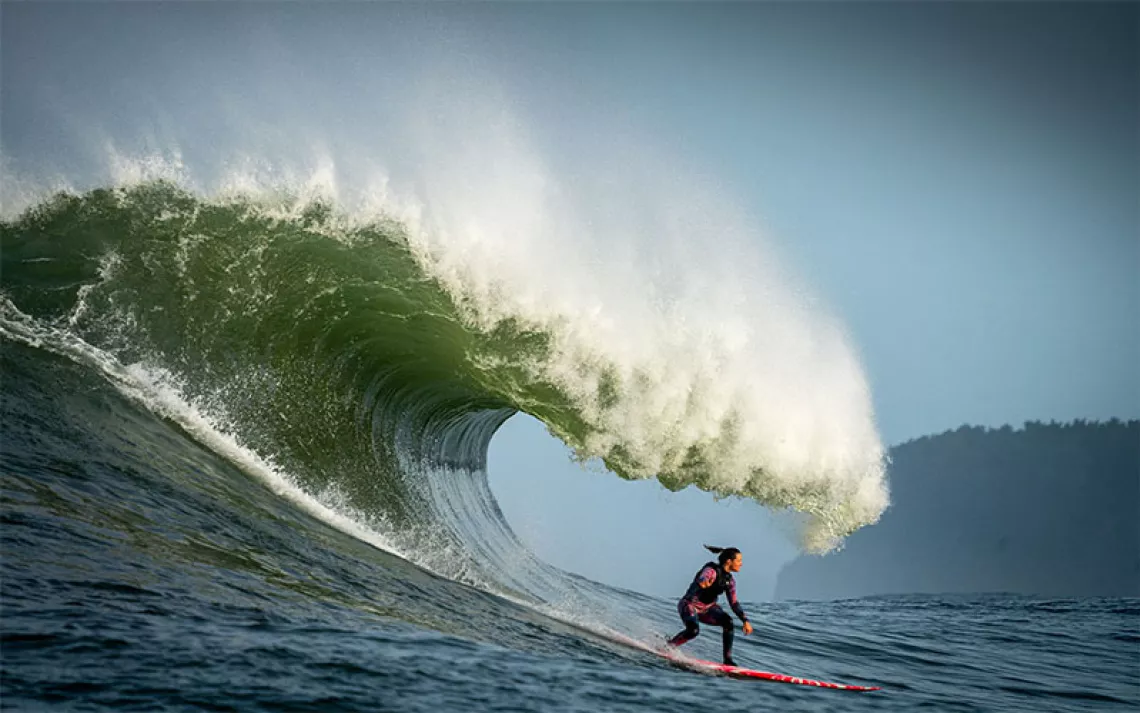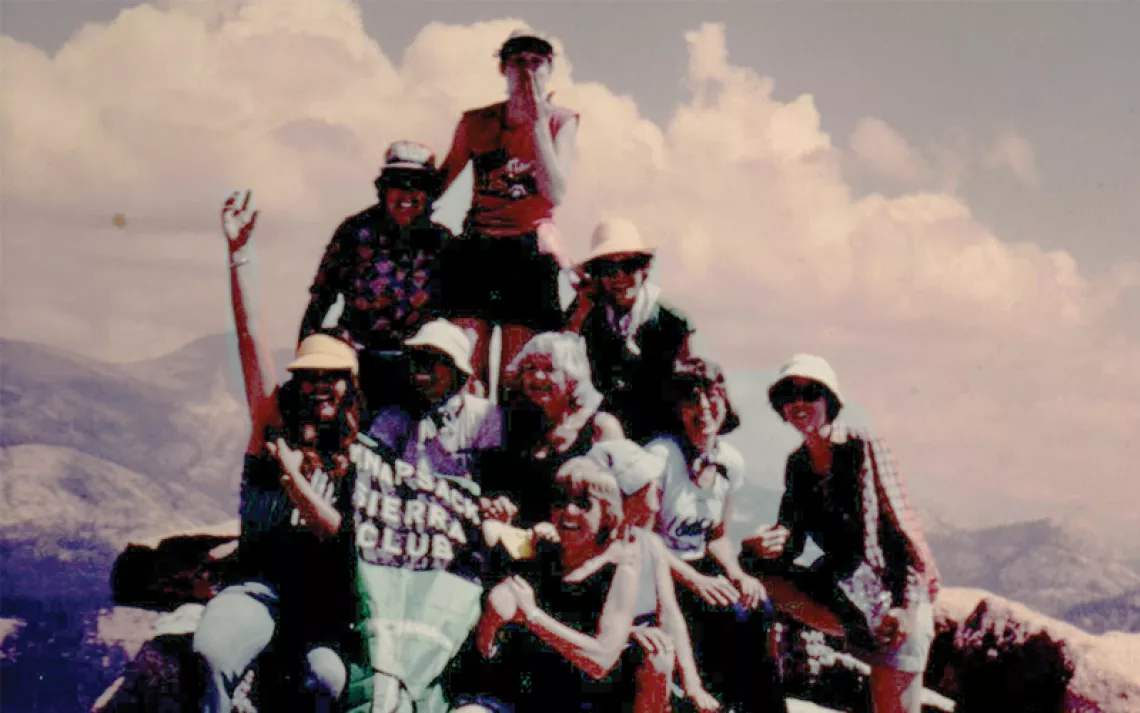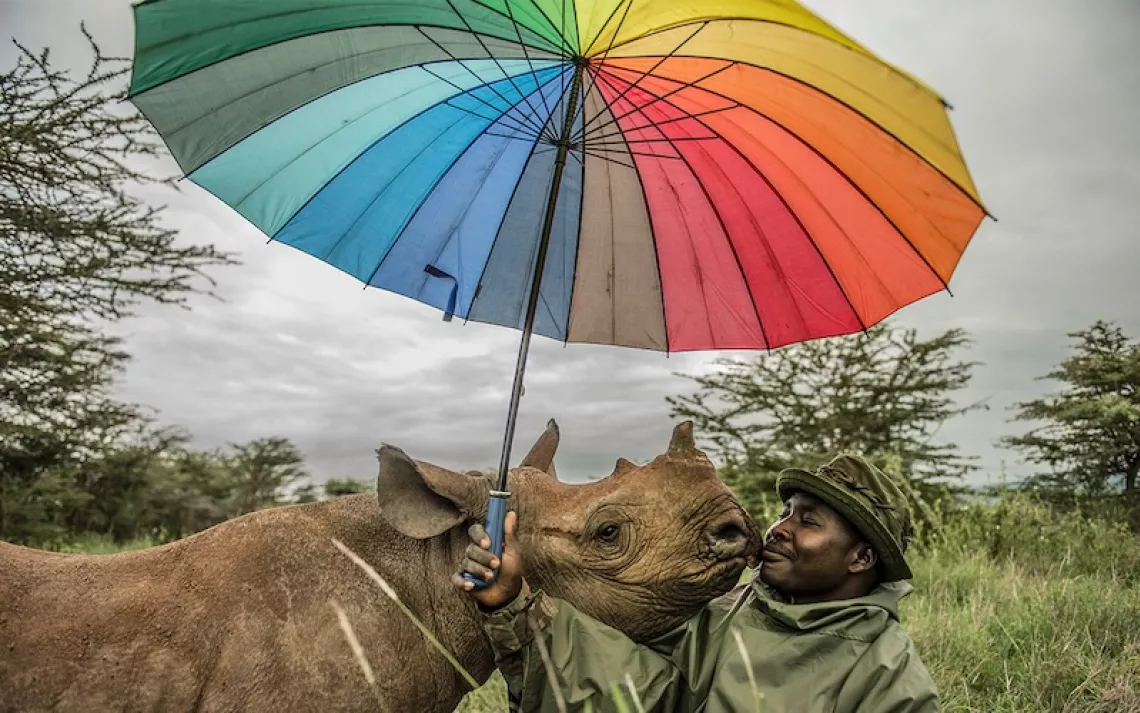Native Alaskans Embrace Wind Power
Every day, the clean energy revolution is creating new jobs for American workers. As part of an ongoing series, Sierra asked one of them to tell us her story.
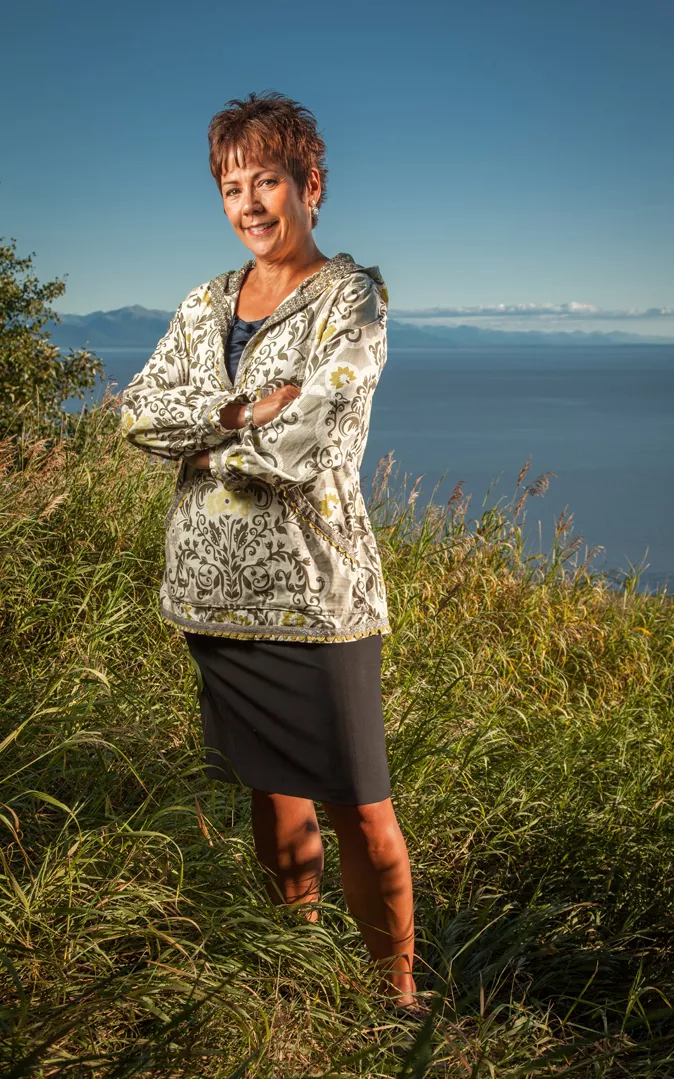
Sophie Minich, president and CEO of Cook Inlet Region, Inc. (CIRI). | Photo by Clark James Mishler
Adapted from an interview with Sophie Minich by Kristine Wong.
I'm Athabascan Indian. Growing up, I didn't know I was Alaska Native until I was about six years old. This was because my mother was orphaned at the age of 12 and was moved out of her village of Fort Yukon into boarding school at Eklutna. She quickly lost all of her traditional ways of living. Speaking in Gwich'in, her mother tongue, was discouraged. She spent the rest of her life living a nonnative lifestyle. It wasn't something she was proud of. But she still incorporated a lot of native values. My nine siblings and I grew up respecting these. She taught us the importance of family first, sharing our values throughout the generations to come, respect for elders, respect for the land, and that laughter is the best medicine.
CIRI is one of the 12 Alaska Native corporations established by Congress in 1971. It's over 40 years old. We have close to a billion dollars in assets and more than 8,500 shareholders, who get paid dividends quarterly. You have to be Alaska Native with a certain amount of "blood quantum" to enroll. We're the most diverse of all the corporations, since the Cook Inlet region is in Southcentral Alaska; it's the hub of Alaska and a melting pot. Our shareholders represent all the Alaska Native cultures, such as Inupiat, Aleut, Athabascan, Tlingit, Haida, and Southeast Indian. The average shareholder has 100 shares, so cumulatively we've paid out over $160,000 per average shareholder.
We're a big holding company. Primarily we are in real estate, but we also invest in energy infrastructure. We've provided capital for wind farms in Washington, Wyoming, Texas, and Nebraska.
Our Fire Island wind farm, three miles offshore of Anchorage, was completed in 2012. It was the first in Southcentral Alaska and the first utility-scale wind project in the region. With 11 turbines, it produces 17.6 megawatts. That powers 6,500 homes and eliminates 500 million cubic feet of natural gas consumption annually.
The project had a lot of challenges. We had to get 120 permits to build it. We had to ship the wind turbines, blades, and rotors to the island. To get the power back to the mainland, we needed to build an underwater cable. To complicate matters, the waters surrounding Cook Inlet have some of the largest variances in tidal activity worldwide.
It took seven and a half years to make the project a reality. But once we got the power purchase agreement in place and began construction, the project was built in eight months. Now we're trying to bring in another 11 turbines. We're meeting with the utilities to see if we can work out a deal.
We're also in oilfield support and construction services. We're the largest surface owner of land in the region, and the land has historically had a lot of oil and gas development. That sometimes can be a clash [with Alaska Native traditions], but one thing CIRI has done is promote responsible exploration and development of our resources. What another person views as "responsible" might be different from how I view it. But Alaska Native corporations aren't just one- or two-generation businesses. We all want to be here for future generations.
There are myths and realities of Alaska Natives. But you can't judge a book by its cover. I've got a degree in finance from the University of Alaska, Anchorage. There are Alaska Natives and those of Eskimo descent who are blond and blue-eyed; my own children were surprised to meet one who is the descendant of a CIRI shareholder.
My children are my number one passion. But my second is fishing. I will never pass up the opportunity to put a line in the water. I enjoy the peace and serenity. Now I'm teaching my children to fish, and I tell them that it's called fishing, not catching, for a reason. I love going out to western Alaska and fishing in the rivers. Recently, I've gotten into fly-fishing. I started on the Kvichak River and fished for arctic grayling and rainbow trout. My favorite fish is probably king salmon. I like eating it fresh off the grill.
I value the relationships I've made through fishing. You really get to know people in a short period. Your cellphone is off, and you share whatever passions you have and how they intersect with business. It's led me to some great relationships with a broad section of people. When people ask me the best way to network, I tell them to go on a fishing trip.
This article appeared as "Native Wind Farmer" in the November/December 2015 print edition of Sierra.
This article was funded by the Sierra Club's Beyond Coal campaign.
 The Magazine of The Sierra Club
The Magazine of The Sierra Club
